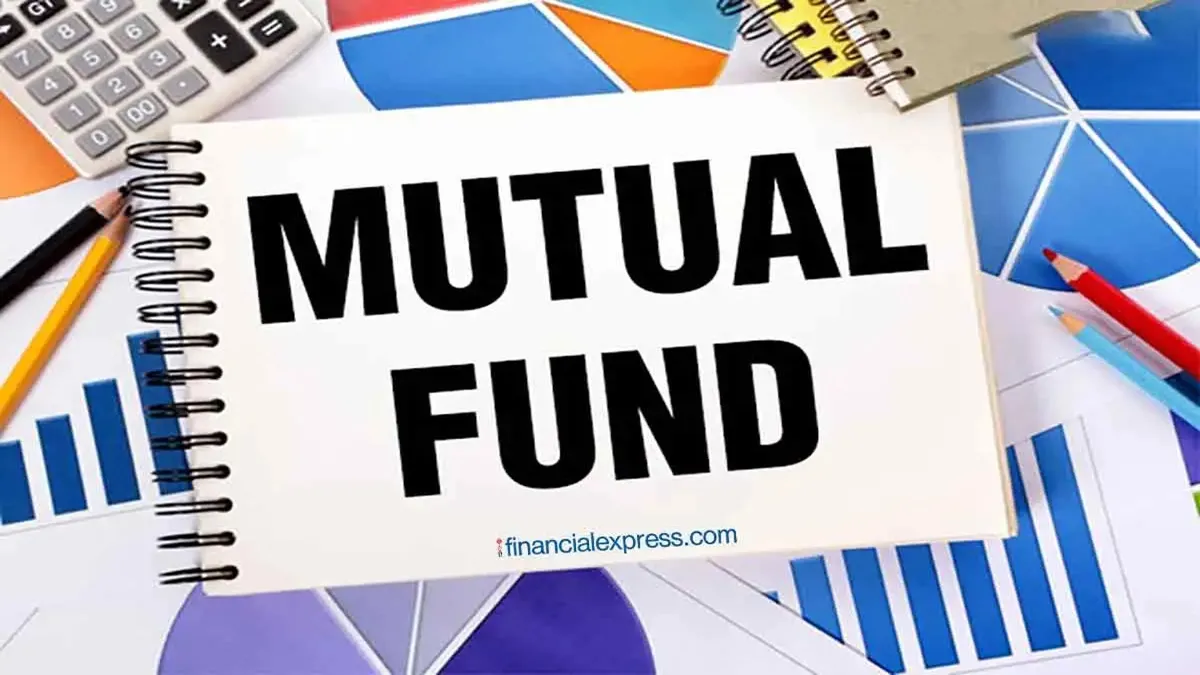If you want to save tax as well as get good returns from investing in equity, then ELSS (Equity Linked Saving Scheme) funds can prove to be a great option for you. There are many ELSS funds available in the market, but two funds – the SBI Long Term Equity Fund and the HDFC ELSS Tax Saver Fund – have emerged as trusted options among investors over the last decade.
Both funds (direct plans) have a market journey of about 12.5 years and have received 5-star ratings from Value Research and CRISIL. Also, these two ELSS funds are among the three cheapest schemes carrying a 5-star rating. The third fund is the Parag Parikh ELSS Tax Saver Fund, but this scheme is just about 6 years old. But have you ever wondered which of these funds is better?
Direct comparison of performance: Which gave better returns?
Both these funds have given attractive returns in 1 year, 3 years, 5 years, 10 years and since launch.
While HDFC’s ELSS fund has given higher returns than the SBI ELSS scheme in a 1-year timeframe, the latter has grown at a higher rate in the long term.
For example, in the last 1 year, HDFC ELSS has given an 11.15% return, while SBI ELSS has delivered an 8.34% return. But over 3-,5- and 10-year periods, SBI’s performance remained slightly better.
SBI Long Term Equity Fund – Direct Plan – returns over 3, 5 and 10 years
3-Year CAGR: 29.34%
5-Year CAGR: 30.07%
10-Year CAGR: 15.70%
Return since launch (CAGR): 16.94%
This fund has delivered outstanding performance in the medium term, especially with over 30% annual returns over the last 5 years. Even over 10 years, it has outperformed the benchmark index (BSE 500 TRI), showing strong consistency.
HDFC ELSS Tax Saver Fund – Direct Plan – returns over 3, 5 and 10 years
3-Year CAGR: 26.06%
5-Year CAGR: 28.60%
10-Year CAGR: 14.83%
Return since launch (CAGR): 15.72%
HDFC’s ELSS fund has also shown impressive returns. It has outperformed SBI’s fund over the past 1 year and delivered solid performance over 3 and 5 years, though slightly behind SBI in the long term.
Both funds are 5-star rated, have over 12 years of track record, and are strong options for investors looking to save tax and build long-term wealth through equity exposure.
Key insights:
HDFC ELSS has outperformed SBI in the 1-year timeframe.
SBI has delivered higher returns in the 3-year, 5-year, and 10-year periods.
Both funds have beaten the benchmark index (BSE 500 TRI) over the long term.
Suitable for investors seeking tax benefits under Section 80C along with long-term capital growth.
Investing in ELSS: Not just tax, but also wisdom
Nowadays, most young investors invest in ELSS just to save tax. But there are more reasons to choose ELSS:
Shortest lock-in period of 3 years: While PPF and other tax-saving schemes have a lock-in period of 5-15 years, ELSS has a mandatory lock-in period of only 3 years.
Benefit of equity growth: If the market does well, ELSS returns also grow rapidly.
SIP facility: You can start investing in ELSS as low as Rs 500 per month.
Risks with ELSS fund investments
While ELSS funds are a great way to save tax, they do come with risks:
Market volatility: Since the money is invested in equities, returns can fluctuate a lot at times.
Wrong timing can be harmful even after lock-in: If you withdraw after 3 years but it is a period of market decline, you may incur losses.
So invest in ELSS only if you can wait for at least 5 to 7 years.
Past returns have been good, but future returns are not guaranteed
Both ELSS funds — SBI and HDFC — have performed well so far. But it is important to understand that past performance is not a guarantee of future performance. The stock market does not always go up, and sometimes even good funds give average returns in bad times. That is why before investing, understand your risk profile and do not trust it completely.
Impact of recent tax rules: Is ELSS still beneficial?
In the 2025 budget, the government has made some changes in the capital gains tax. Now:
The tax on Long Term Capital Gains (LTCG) has been increased from 10% to 12.5%.
At the same time, the tax on Short Term Capital Gains (STCG) is now 20%.
However, since the investment in ELSS is more than 3 years, LTCG is applicable in it. This means that now there may be a slight reduction in returns. Still, ELSS remains an attractive option even today, considering the tax exemption and equity growth.
Summing up…
SBI and HDFC — both funds have tried to give better returns to investors. But which of these funds is better for you depends on your investment period, risk taking ability and financial goal.
If you can invest for 5 years or more, and are not worried about market fluctuations – ELSS can be a great tool for you.


